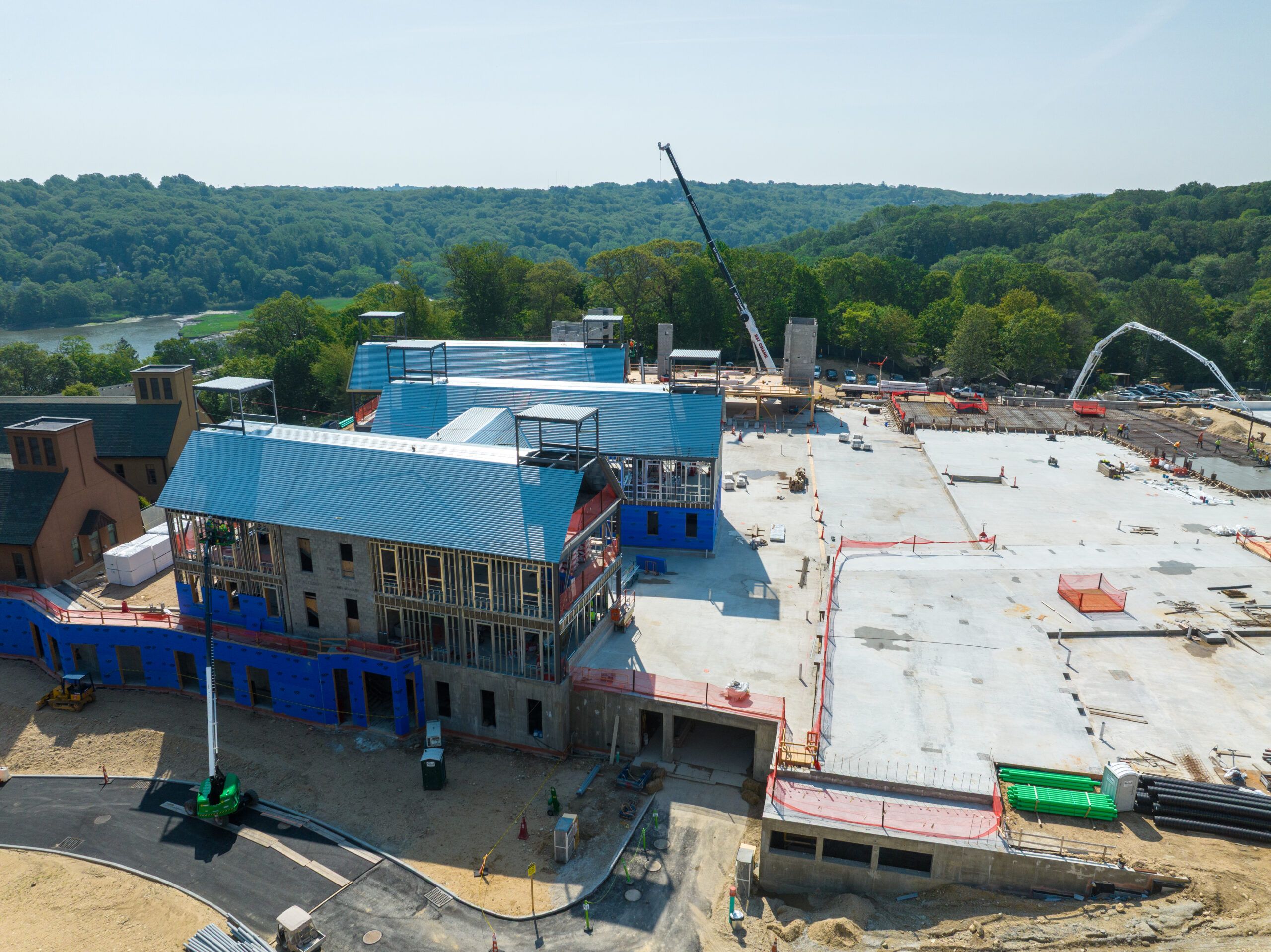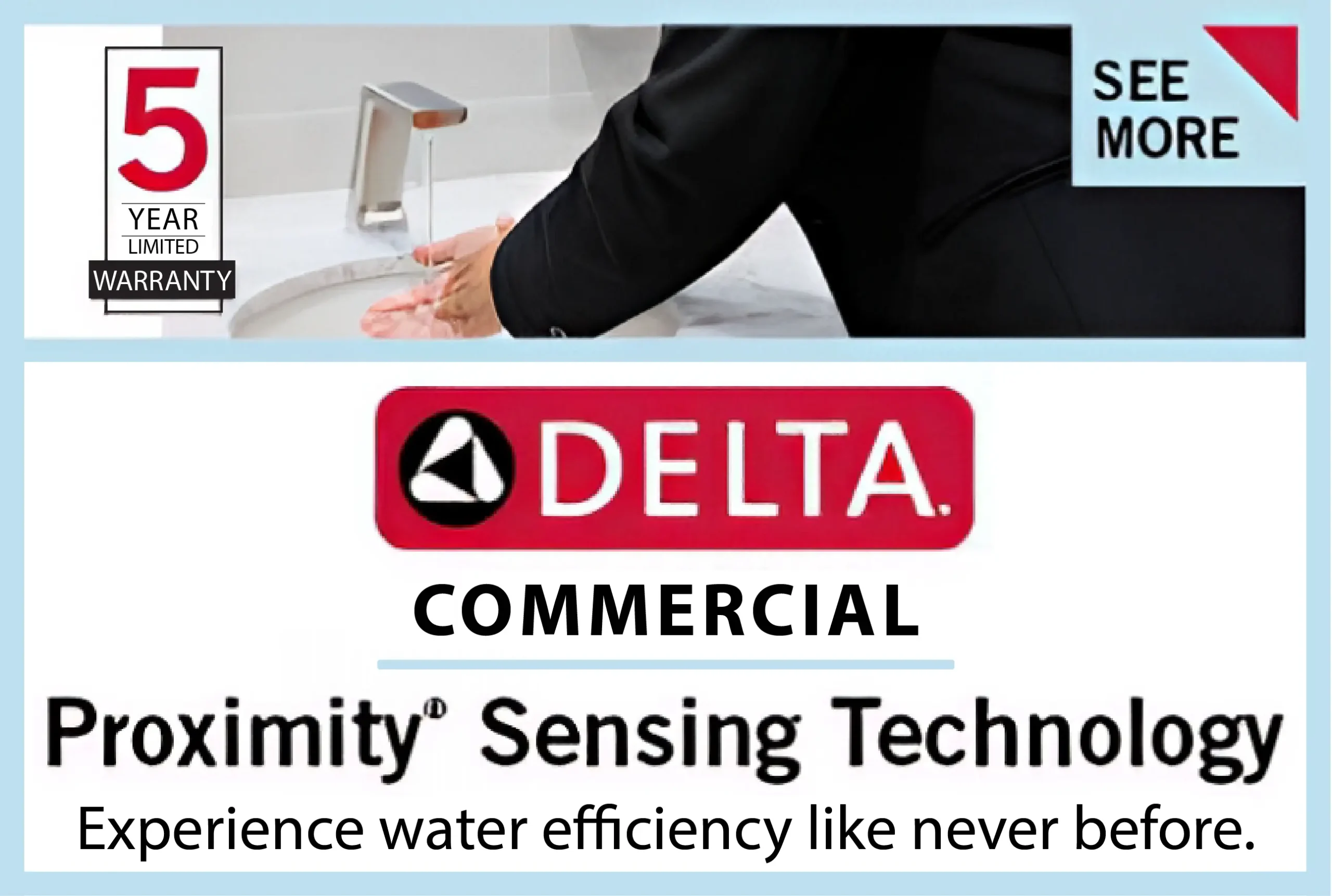Running a commercial property involves more than just keeping the lights on and the hallways clean. Security plays a major role in day-to-day operations, especially when it comes to managing who gets in and out of the building. That’s where commercial intercom systems with door release come into play. These systems provide a practical way to control access while improving communication across entry points.
In this post, we’ll take a closer look at how these systems work, their most common use cases, and what property managers should consider before installing one.
What is a Commercial Intercom System with Door Release?
A commercial intercom system with door release allows staff to speak with visitors and then remotely unlock a door if access is granted. These systems often include audio or video communication devices installed at entry points and a corresponding receiver inside the building. The door release function is integrated with the locking mechanism, enabling remote access without physical contact.
By combining communication with access control, these systems help create a more efficient flow of people while minimizing the need for on-site security or front desk staff.
How They Work with Existing Building Infrastructure
A big advantage of commercial intercom systems with door release is that they can often be installed with minimal disruption to the property. Many models connect to existing wiring, while others use wireless networks for easier deployment. Door release functionality typically ties into the building’s electric strike or magnetic lock, letting authorized personnel control doors from a front desk or mobile device.
Some systems also include logging features that track who accessed the building and when. This can be useful for audits, security reviews, or just maintaining an accurate visitor record.
Key Use Cases in Commercial Properties
1. Office Buildings
Offices frequently receive clients, vendors, and job candidates throughout the day. A commercial intercom system with door release allows front desk staff to speak with visitors before granting entry, improving control without slowing down operations. It also adds a layer of protection for employees working in secure areas.
2. Warehouses and Industrial Sites
Warehouses and industrial properties often have multiple entry points, including loading docks and restricted employee entrances. Intercoms help verify delivery drivers and other visitors, preventing unauthorized access to valuable inventory or hazardous areas. This setup supports both safety and operational efficiency.
3. Medical Facilities and Schools
Healthcare and educational properties face a unique set of access needs. Medical offices, clinics, and schools must remain open to the public while also protecting sensitive environments. Intercom systems allow staff to screen visitors without direct contact, reducing disruptions and maintaining secure entry procedures.
4. Multi-Tenant Buildings
In commercial buildings with multiple tenants, managing access across different offices or suites can be challenging. Intercoms with door release features let tenants verify visitors and grant entry without needing building-wide staff. This reduces the need for physical key distribution and lowers the risk of unauthorized or accidental entry.
Considerations Before Installation
Before installing a system, property managers should assess the building’s entry points, staffing levels, and daily visitor volume. A single front entrance might require only a basic audio system, while a facility with multiple secure zones may need video intercoms and access permissions for different users.
It’s also worth thinking about long-term maintenance. Systems that receive regular updates or remote support may reduce the burden on in-house teams. Compatibility with existing door hardware, network infrastructure, and any future building upgrades should also be part of the conversation.
Final Thoughts
Commercial intercom systems with door release functions offer a reliable way to manage entry without creating friction for tenants or staff. By combining access control with direct communication, they help simplify building operations and support a more secure environment. For property managers looking to streamline their access procedures, this kind of system can be a practical and lasting solution.











